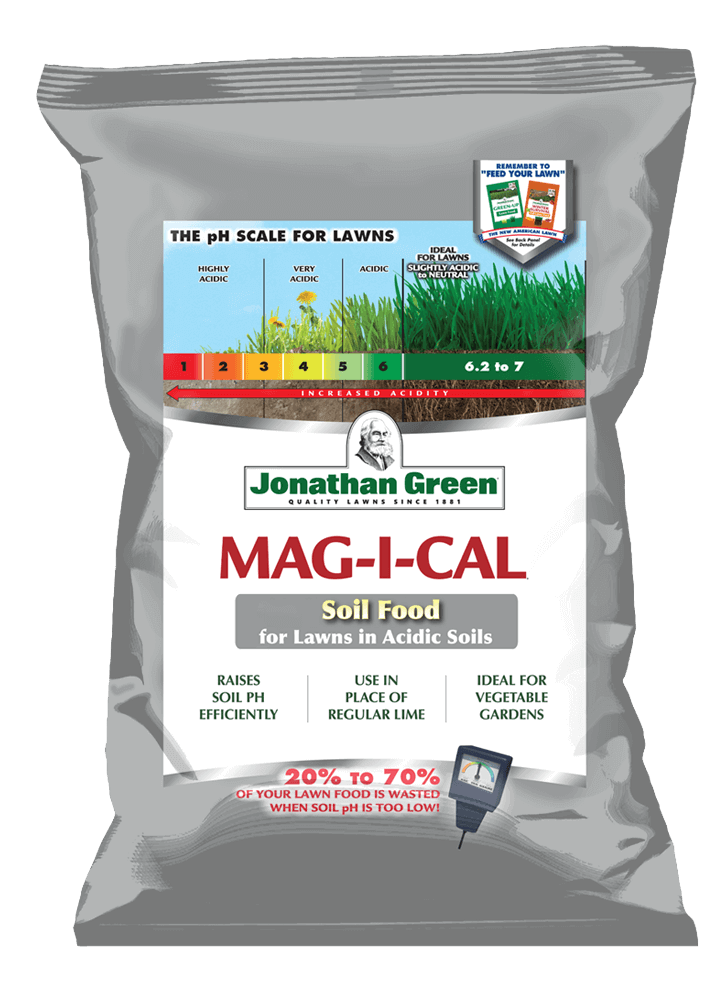Grass seed can survive the winter, but it’s important to remember that it cannot grow. Putting down seed during the winter season is known as dormant seeding. If you plant it in November or December, the seed will just lay dormant until the soil starts to warm in spring. While this comes with risks, it can also be beneficial and save you time on seeding in spring.
How Long Can Grass Seed Lay Dormant?
With proper care and steady weather, grass seed can lay dormant for 3-4 months. Putting down grass seed in winter is done in much the same way as in fall or early spring. You should prepare the soil as best as possible and rake the seed into the soil. This technique works best if done at a time when snow will soon cover the ground and ideally before the ground is too frozen to work with. If snow covers the seed, it will protect the seed and keep it in a dormant state.
The risk to this method is if the weather warms up during the winter. If the weather warms enough to melt the snow, it may also warm up enough for the seeds to sprout. Newly sprouted seeds are not strong enough to survive frost. The dead seedlings will need to be cleared before new seeding can be attempted.
While dormant seeding can be risky, it can save you the process of seeding in the early spring and waiting for the ground to thaw. The seeds will start to sprout as soon as the ground warms up to a consistent 55 degrees and the soil will have all the nutrients needed to support seed growth.
Picking the Right Seed
As important as when you plant your seed is which seed you plant. At Jonathan Green, we have been perfecting grass seed over 100 years. Since 1881, six generations of the Jonathan Green family have experimented with the best varieties of cool season grass to create a seed blend that is unmatched. Black Beauty grass seeds are specially formulated to be disease and drought resistant.
Black Beauty grass seed grows grass that has four-foot deep roots, much deeper than other brands. Black Beauty grass also has a waxy coating that protects each blade of grass from drought and disease. It is favored by sod growers across the U.S. for its superior color and quality.
Feel free to reach out to our team with specific questions about your seeding project today!
Mentioned Products
Fall is the time for the final treatment, Winter Survival. This will feed your grass and help it fend off any disease through a hard winter.
For more tips on how to help your grass seed survive the winter and how to care for your lawn, visit Jonathan Green online or your local retailer.

